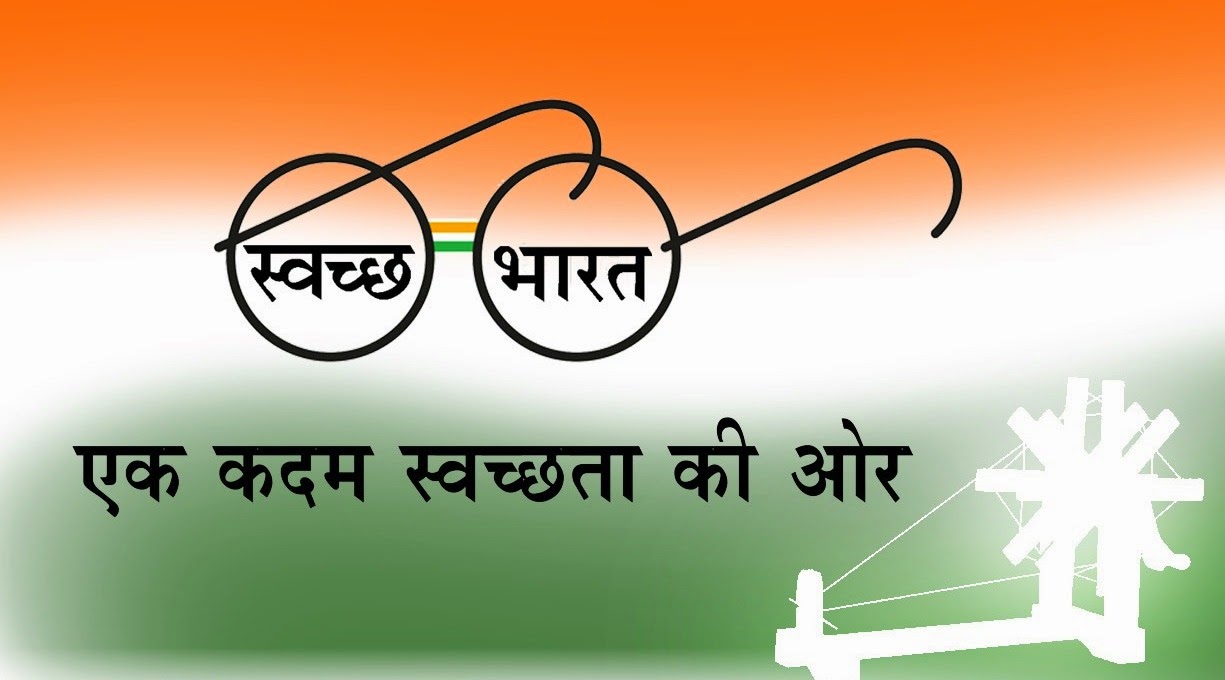Frequently asked questions
Qus: Which varieties of tomato and capsicum developed by the institute are suitable for hilly areas?
Ans: Tomato variety VL Tomato 4 and capsicum variety VL Capsicum 3 developed by the institute are suitable for hilly and plain areas of Uttarakhand. Plants of VL Tomato 4 indeterminate growth, 80 to 105 cm. Long, fruit-red, spherical with an average of 75 grams thick peel. This species is also an excellent species for poly house. The best thing about this species is that due to being free pollinated, its seeds can be made by the farmers themselves. Plants of VL Capsicum-3 are 55-70 cm tall. Fruits are medium size (60-70 gm), attractive dark green in color with 3 to 4 lobes.
Qus: How to control the major diseases "yellow rust" and "brown rust" in the wheat crops?
Ans: Use disease-resistant varieties. V.L. Wheat 907, Vl. Wheat 953, Vl. Wheat 892, Vl. Wheat 829, Vl. 804, H.S.W. 349 and H.S. There are 507 approved species. For chemical control Make a solution of 0.1 percent of Propiconazole 25 EC and spray when the symptoms of the disease appear.
Qus: How to control white fly affecting tomato and capsicum crops?
Ans: Apply sticky yellow traps in tomato and capsicum fields. For chemical control, Acetamiprid (20 SP) 0.3 g or Triazophos (40 EC) 1.0 ml. Spray at the rate of per liter of water.
Qus: What are the symptoms of early blight disease in tomato and how to control it?
Ans: Round or oval brown to black spots on leaves, rotting and wilting of leaves are the symptoms of early blight disease in tomatoes. For control, spray Mancozeb @ 2.5 grams per litre of water 3-4 times. Destroy the remains of diseased plants.
Qus: How to control Kurmula pest.
Ans: Two-pronged technology has been developed by the institute for the control of Kurmula pests.
- Use VL Kurmula Trap-1 Prakash Prapanch at appropriate community-wide places throughout the village
-
Use bio-insecticide "Bacillus Sirius W.G.P.S.B-2" (10 kg powder/ha).
Qus: What are the symptoms of late blight in tomato crops and how to control it?
Ans: Late blight in tomatoes is caused by the formation of brownish-purple spots on the lower surface of the leaves, which later turn black. Plants appear scorched. Olive-colored greasy spots are formed in the fruits and the skin gets cracked. In severe infestation, the fruit rots. To control late blight in tomato crops, burn diseased plants. Mancozeb 2.5 gm or copperoxychloride 3.0 gm or curzate 1 ml when symptoms appear. At the rate per litre of water, 3-4 sprays as per requirement at an interval of 10-15 days, on both the sides of the leaves and on the whole plant by changing the medicine.
Qus: What are the machines and agricultural equipment developed by the institute for hilly areas?
Ans: The list of agricultural equipment developed by the institute is as follows:-
- V.L. Seed-Cum-Fertilizer Drill
- V.L. Advanced Hand Fork
- V.L. Advanced Kutla
- V.L. advanced Sickle
- V.L. advanced Khurpi
- V.L. Advanced Garden Rack
- V.L. Advanced Hand Hoe
- Vl Line Maker
- V L Paddy Thrasher
- Vivek Millet Thresher-Cum-Pearler
- VL Syahi Hal
Qus: When is the Kisan Mela organized in the institute?
Ans: Kisan Mela is organized twice a year by the institute. Rabi Kisan Mela is usually organized in September and Kharif Kisan Mela in the month of March-April.
Qus: How to apply for agriculture related training in the institute??
Ans: There is the provision of a budget for the training of farmers under various projects of agricultural development being run by the government. These projects are administered by district-level officers. For this, farmer can contact Chief Agriculture Officer, District Horticulture Officer, Deputy Project Director (Watershed Management) etc. Many voluntary organizations also provide training to farmers, so farmers can also contact voluntary organizations working in their area.














